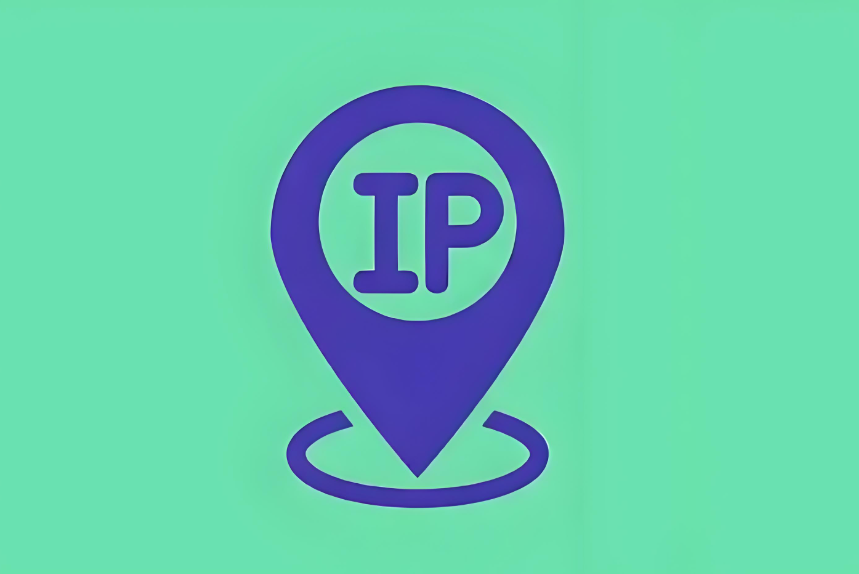Many people learning networking who reach the IP addressing topic often wonder:
“My company only has a few dozen devices, and one network segment is enough for all our IP addresses. Why divide into so many subnets?”
Don’t laugh—this isn’t just a beginner’s question. Many network engineers with years of experience fall into this trap: Having enough IP addresses ≠ Proper network segmentation.
So today, let’s clarify: Why segment networks when you have enough IP addresses?
I. The Key Point: Network Segmentation Isn’t About “Saving IPs”
It’s about controlling traffic, permissions, and risks!
At its core, network segmentation isn’t about resource conservation but network governance.
Do these scenarios sound familiar?
- An infected office computer launches ARP attacks against an entire floor of devices
- Guest devices can directly ping core business servers
- DHCP packets floating everywhere, with devices in the wrong VLAN getting incorrect IPs
- Services overwhelm links with cross-traffic while IT struggles to identify the source
The fundamental issue isn’t having too many devices—it’s the lack of network segmentation creating boundary-less environments.
II. An Unsegmented Network is Like a Large Dormitory
Say goodbye to security, efficiency, and manageability!
Think of it this way:
★ No segmentation = All company devices living in one “dormitory.” When someone coughs, everyone hears it; when someone starts a fire, the entire dorm burns.
Breaking it down further, you’ll encounter these pitfalls:
1. Broadcast Floods and Sudden ARP Storms
Layer 2 broadcasts (ARP, DHCP, multicast) aren’t isolated With numerous devices, each new computer broadcasts to the entire network asking “Who are you?” Best case: high NIC utilization; worst case: service-wide latency Don’t think “a few dozen machines” won’t matter—once IoT devices or security cameras are added, you’ll quickly reach thousands of endpoints.
2. Security Permissions Become Unmanageable—No Boundaries Mean No Rules
For example:
Financial systems, guest networks, and office PCs all share one large network segment A hacker brings in an external device, scans the entire 192.168.1.0/24, and immediately knows your asset layout How do you prevent this? ACLs become difficult to write, and firewall rules become complex.
With proper segmentation, you can directly apply ACLs or VLAN restrictions:
deny finance_vlan to visitor_vlan
Boundaries enable control.
3. Troubleshooting Becomes Guesswork—Even Packet Captures Are Difficult
When investigating packet loss on a specific device, your entire network segment contains mixed traffic:
- Which traffic belongs to security cameras?
- Which belongs to office systems?
- Which is from executives using Zoom?
Your packet captures are filled with broadcast messages, making analysis nearly impossible.
With proper segmentation, you can identify issues by “business line,” making your captures more precise and troubleshooting faster.
4. Upper-Layer Devices Face High Pressure and Low Forwarding Efficiency
Cramming thousands of devices into one segment turns your Layer 3 device’s ARP tables and MAC tables into a disaster zone:
- ARP entries explode
- MAC tables fluctuate wildly
- DHCP address conflicts occur frequently
The problem then becomes not “is the network connected?” but “why is the network so slow it feels disconnected?”
III. How to Properly Segment Networks?
While there’s no standard answer, here are practical consensus approaches:
1. Segment by Function/Service
Some typical segmentation approaches:
- Management VLAN for network equipment (industrial routers, switches, APs)
- Server VLAN for business servers
- Office VLAN for employee workstations
- Guest VLAN for visitors
- IoT VLAN for cameras, sensors, and other smart devices
2. Segmentation by Floor/Area Also Works
- First floor gets one segment, second floor gets another
- East office area gets one segment, west office area gets another
This approach aligns with switch distribution, making management clearer and link issues immediately identifiable.
3. Each Network Segment Should Not Exceed 200 Devices
A /24 network (maximum 254 IPs) is most common; consider further subnet division when exceeding this limit. Alternatively, implement Layer 3 gateways to split broadcast domains and prevent broadcast storms.
Conclusion:
Whether you have enough IP addresses is a resource issue; Whether to segment your network is a governance issue.
Don’t think you’re finished just because you’ve allocated all your IPs. What truly makes your system stable, secure, and controllable is whether you’ve clearly segmented your network with proper boundaries.
